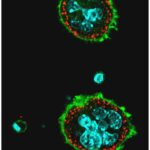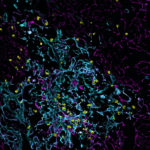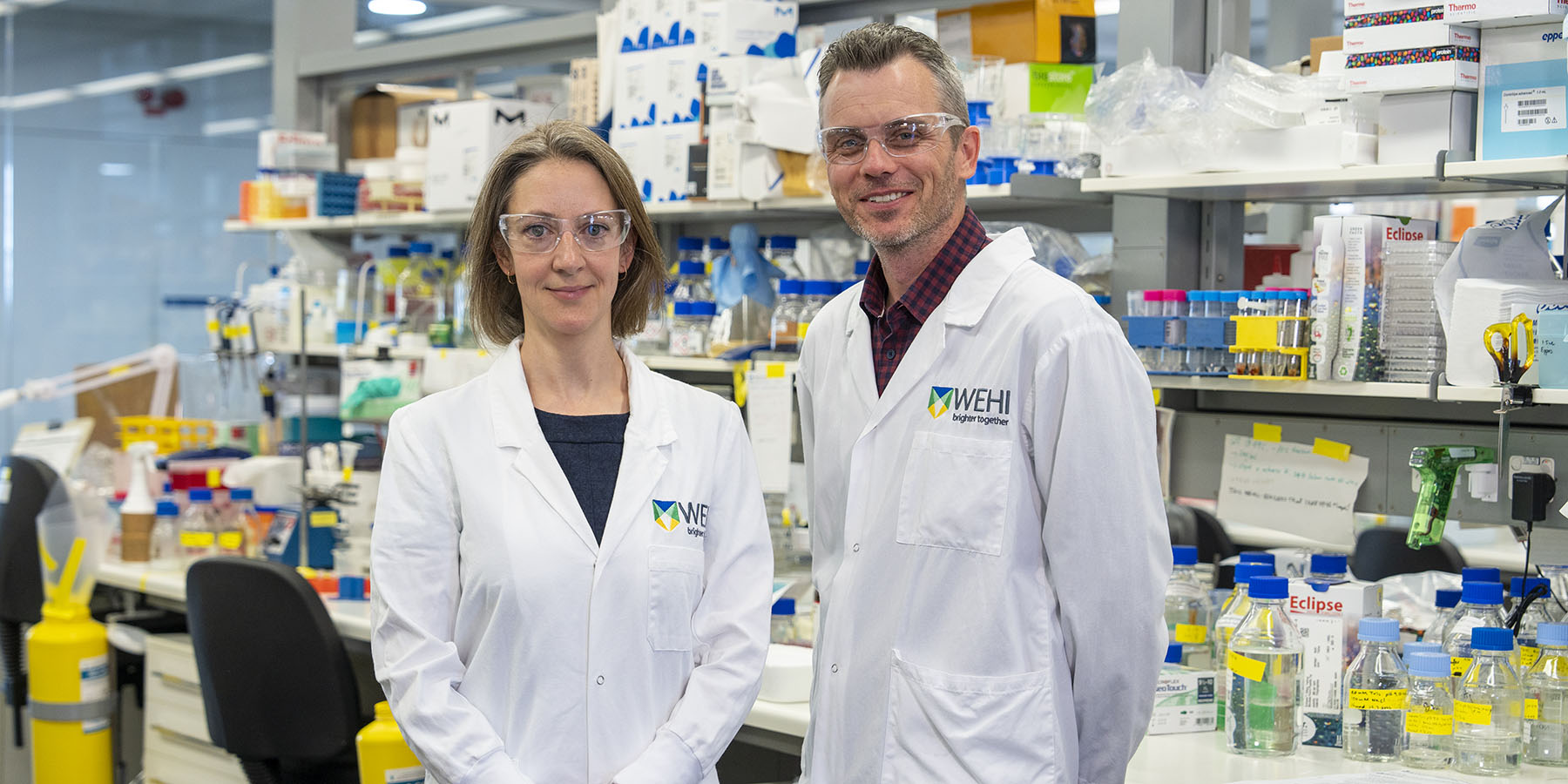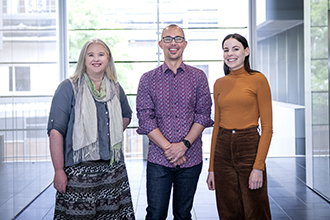Myeloproliferative disorders are severe and potentially fatal. These diseases can progress slowly for many years. However, some can progress to acute leukaemia, a more aggressive disease.
Most myeloproliferative disorders cannot be cured. Treatments can relieve the symptoms and slow the disease’s progress.
Targeted therapies are showing promise for treating myeloproliferative disorders. Specific inhibitors of JAK2 are effective in treating some people with myeloproliferative disorders.
The Leukaemia Foundation provides advice and support for people with myeloproliferative disorders.
WEHI researchers are not able to provide specific medical advice specific to individuals. If you have cancer and wish to find out more information about clinical trials, please visit the Australian Cancer Trials or the Australian New Zealand Clinical Trials Registry, or consult your medical specialist.










